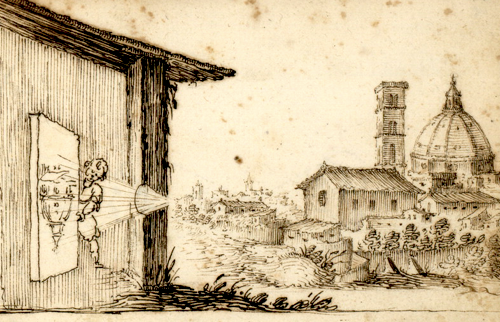
The Camera Obscura technique has been with us for much longer than photography. The principle is that of a pinhole camera.
The device consists of a box or room with a hole in one side. Light from an external scene passes through the hole and strikes a surface inside where it is reproduced, upside-down, but with color and perspective preserved.
The image can be projected onto paper, and can then be traced to produce a highly accurate representation. The first camera obscura was later built by an Iraqi scientist named Abu Ali Al-Hasan Ibn al-Haytham, born in Basra (965-1039 AD), known in the West as Alhacen or Alhazen, who carried out practical experiments on optics in his Book of Optics.
More follows…
Today’s modern camera equipment adds wonderful new dimensions to this ancient art as highlighted in National Geographic Magazine. The article in the May 2011 issue illustrates how photographer Abelardo Morell’s camera obscura turns darkened rooms into magical landscapes. The process has been described by Aristotle, sketched by Leonardo, and been made an attraction at Coney Island among other things. But in 1988, Cuban-born Abelardo Morell, teaching an introductory photography course at an art college, was curious to step back in time.
On a sunny day, he covered the classroom windows with black plastic, making the space as dark as a cave, cut a dime-size hole in the material, and told his students to watch. Almost instantly the back wall came alive like a movie screen, its surface covered with a fuzzy image of people and cars moving along Huntington Avenue outside. Then the double take: The image was upside down, sky on floor, ground on ceiling, the laws of gravity seemingly gone haywire. Morell had turned his classroom into a camera obscura, a dark chamber, the Latin name for perhaps the earliest known imaging device and the ancestor of the photographic camera.
For Morell, a professor of photography, that day in the classroom was a revelation. “When I saw how these savvy, techie students were charmed and disarmed by the image on the wall, I knew this was something very potent.”
Morell maintains a personal website to highlight his work. His camera obscura work has progressed from the use of B/W film to color and now to digital, which allows him to see results immediately. With the link you can view this progression by clicking on the thumbnails at the left. See the two examples below. He also devised a prism device to turn the images upright when cast on the opposite wall. Normally, they are inverted like these next two.
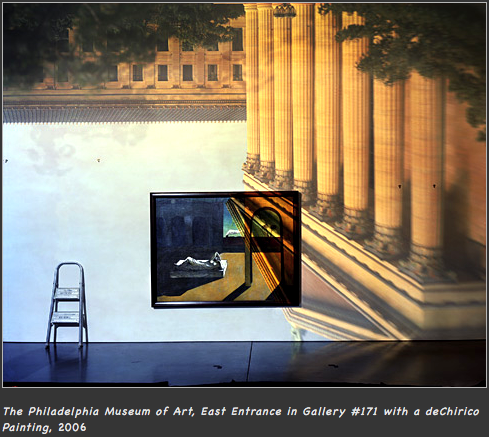
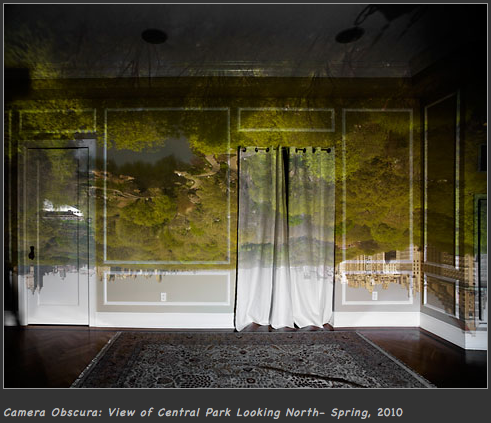
This next image demonstrates another innovation used by Morell which is borrowed from the past. It is the use of a light-tight tent with no floor. By placing the tent on different textured surfaces such as the old roofing material on top of a building, he is able to photograph the image painted onto unusual patterns.

If you find all of this intriguing, maybe you would like to see how it is done and try it yourself. My junior high aged grand-daughter made some camera obscura images for a science fair. They turned out great for her. The National Geographic staff made this short video below of their technique.
Research of the topic led me to scholarly papers on the possible influence of Camera Obscura on artists of renown such as Vermeer.
Numerous resources found here may be of interest. http://www.essentialvermeer.com/…
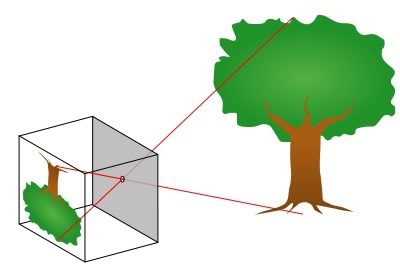
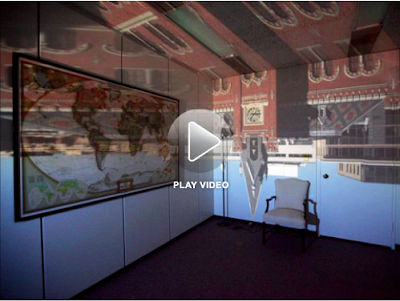
11 comments